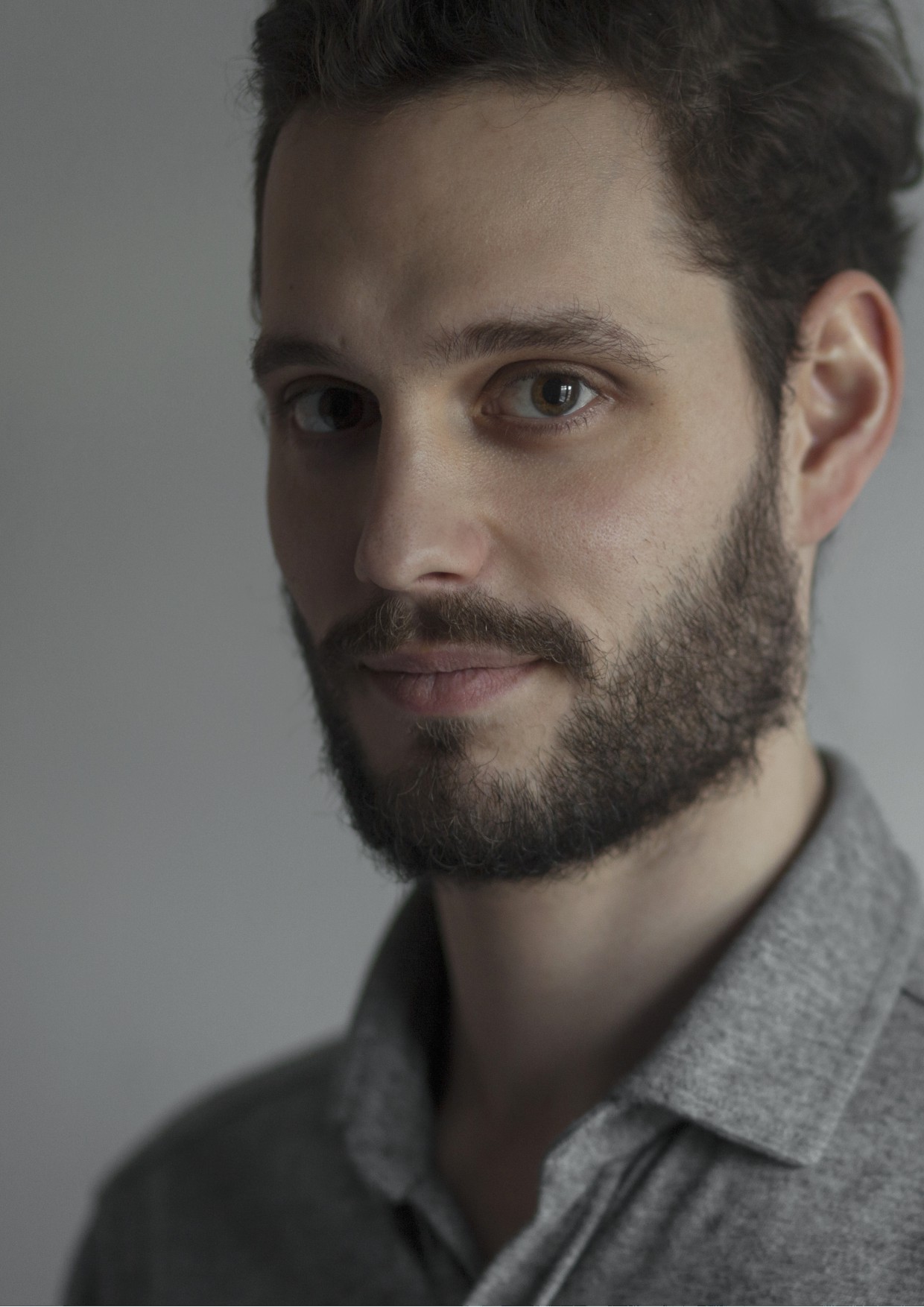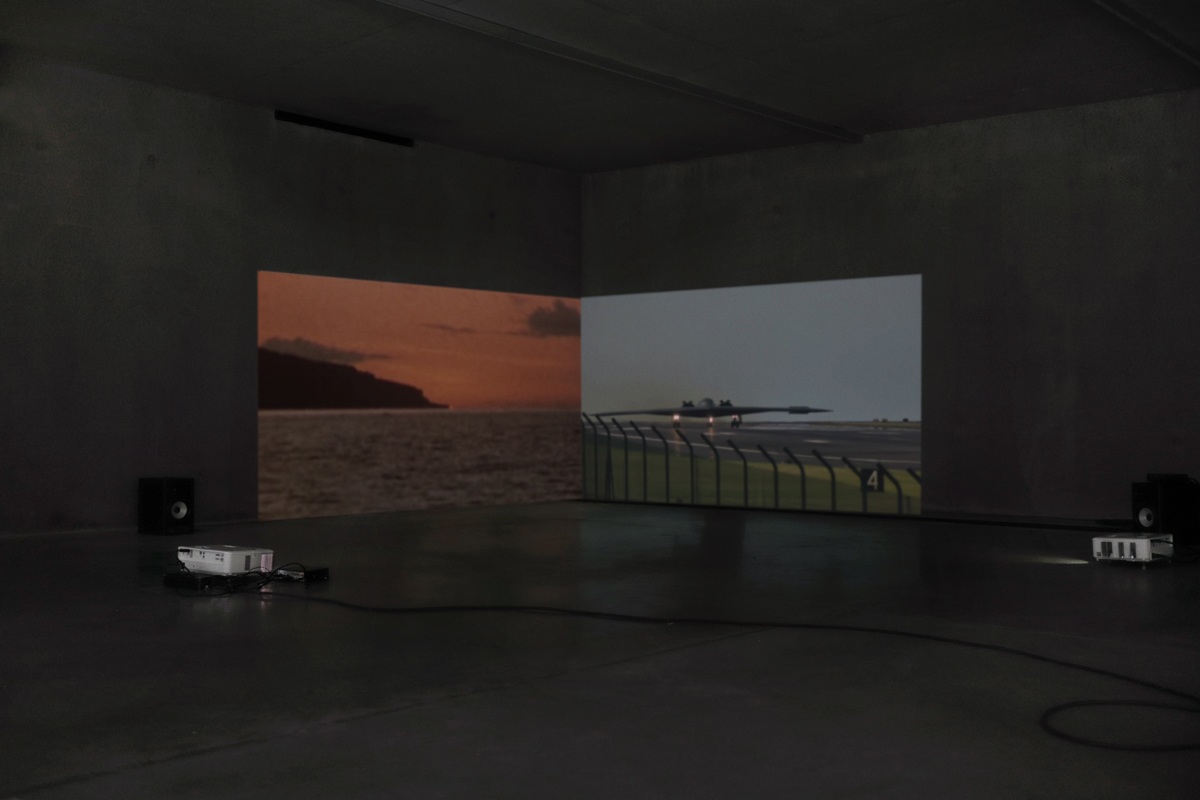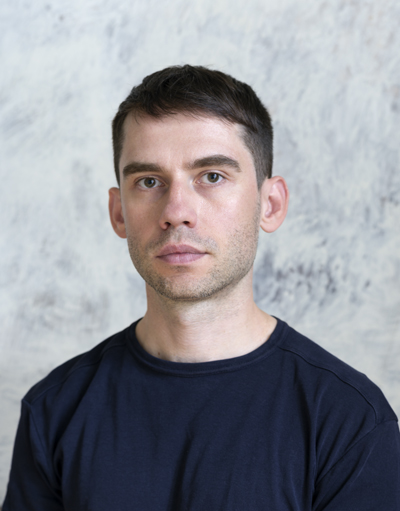
Artist

Benedetta Casagrande
All things laid dormant
The five artists selected for FUTURES are Claudia Amatruda (Foggia, 1995), Matteo Buonomo (Milan, 1991), Benedetta Casagrande (Milan, 1993), Alessio Pellicoro (Taranto, 1994) and Martina Zanin (San Daniele del Friuli, 1994). This selection consolidates the nature of this program as an observatory of the medium, developing a broad perspective of its practices today in the Italian context and examining the ways in which the digital and new aesthetics are changing its fruition. It includes refined operations that present both research with a return to its function as a document, as well as experiments that question the medium's ideas of form, truth, and identity. The aim is to show how photography is a medium in perpetual transformation and expansion, which brings together experiences of a documentary nature on social and cultural themes, and others that emphasize formal and conceptual research.
Amatruda reflects on the transformations of his own body due to a rare degenerative disease. Looking at Donna Haraway's theories on the union between cyborgs and humans, she transforms her body into a theatre of reception for external elements, highlighting possible contaminations and metamorphoses through self-portraiture.
Bonomo's work focuses on long-term projects focusing on the social context trying to read the dynamics of loneliness and sharing that run through contemporary society. His photographic stories are enriched by textual and investigative insights.
Casagrande uses the medium of photography to be in relationship with the surrounding environment and its elements. She analyses ecological coexistence with the non-human living world and explores the ways in which we relate to them: intraspecific coexistence and the possibility of constructing new forms of kinship and intimacy between species in a context of unprecedented loss of variety of living organisms.
The elements that characterize Pellicoro's research are the ambiguous relationship with reality, the role of immobility and movement, the post photographic inclination and the testimonial approach. A result that, on the one hand, is due to the subjects filmed; on the other, to the interest in representing unconscious drives or autobiographical issues.
Zanin's research is intertwined with his personal experiences and draws on references from literature and psychoanalysis to interrogate the notions of absence, memory, aggression, repetition, patriarchy, and heritage. She invites the viewer to reflect on the ambiguity of power dynamics, focusing on the fine line between protection and control and turning her attention to vulnerable positions.
List of curators
Giangavino Pazzola – Curator of contemporary and research programs at CAMERA
Walter Guadagnini – Director at CAMERA
Nominators
Arianna Catania | Director of Gibellina Photoroad / Open Air & Site-specific Festival
Matteo Balduzzi | Curator of MUFOCO – Museum of Contemporary Photography of Milano-Cinisello Balsamo
Marco Delogu | Photographer and President of Azienda Speciale Palaexpo - Rome



































